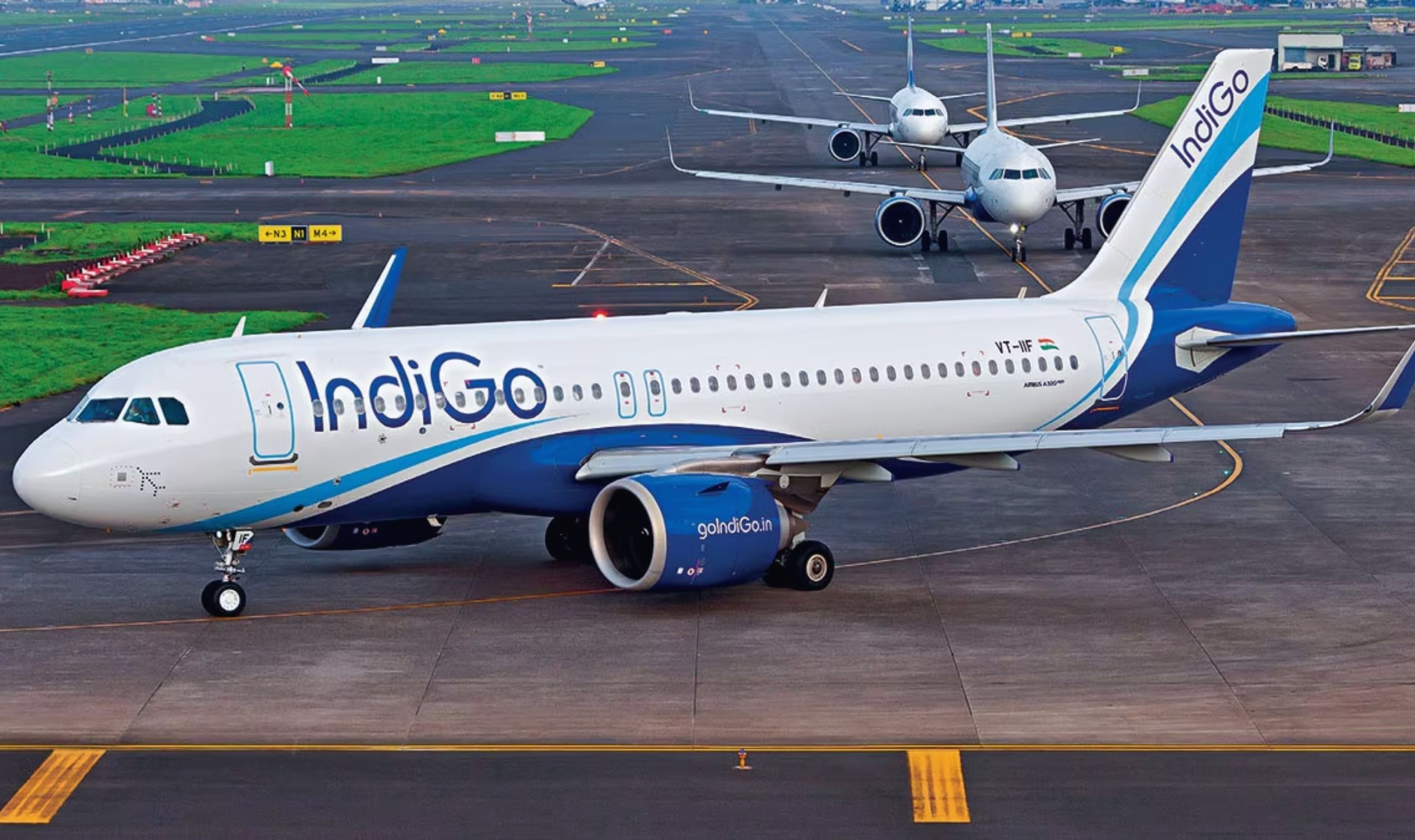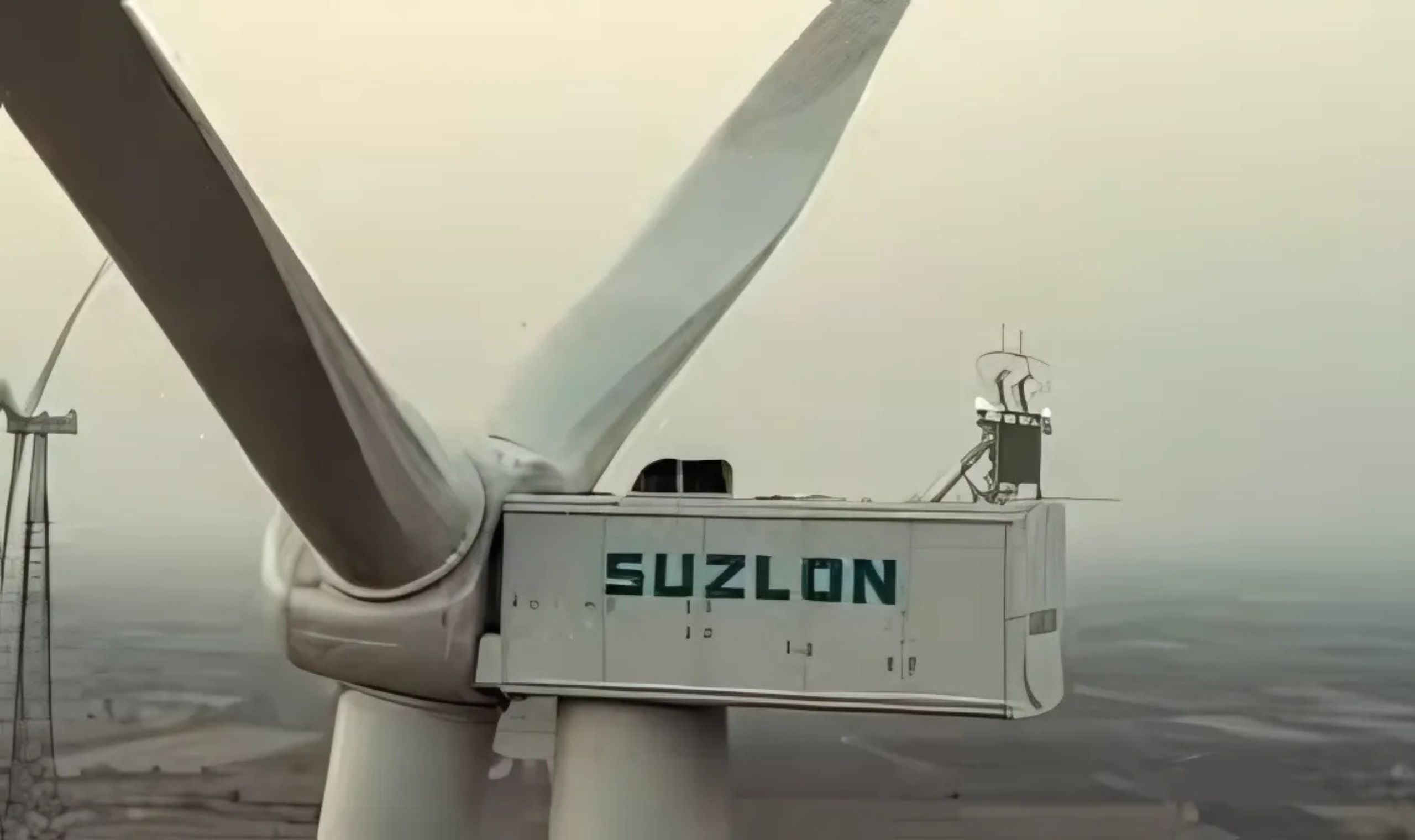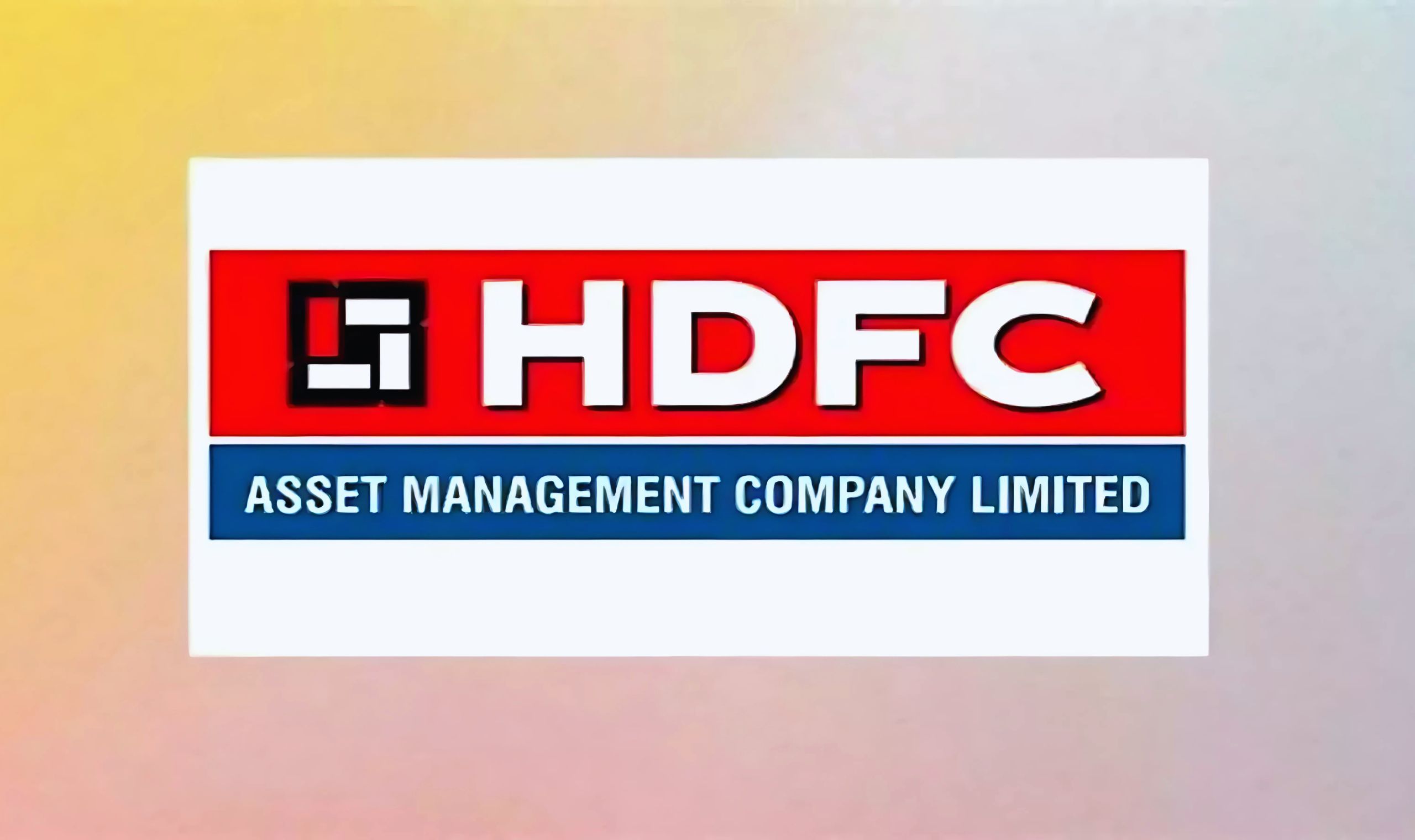The Indian airline industry has witnessed a revolution in recent years, with one airline flying higher than the others—IndiGo. Dominating India’s low-cost airline industry with its efficiency, IndiGo has made history by becoming the world’s most valuable airline, overtaking global behemoths such as Delta Air Lines and Ryanair on a market-capitalization basis.
In this article, we shall explore what has fueled IndiGo’s phenomenal growth, its growth path forward, and how it is a leader in the aviation sector.
A Brief History of IndiGo’s Growth
IndiGo, run by its parent organization, InterGlobe Aviation Ltd, has been India’s autochthonous champion of the skies for many years. However, year by year, it has been broadening its reach, both within and outside the country. Over the past few months, its shares have skyrocketed, leading to a historic milestone—achieving a market capitalization of more than ₹2 lakh crore (around $23.3 billion). This historic feat has put IndiGo at the pinnacle of the world’s aviation industry in terms of market value, ahead of giants like Delta Air Lines and Ryanair, two giants of the world airline industry.
This growth is not merely a function of fortune but a reflection of the airline’s planning, management, and established presence in India’s extremely competitive aviation market.
1. IndiGo’s Stunning Market Performance
The appreciation in IndiGo’s share price, having gained 13% year-to-date, has many reasons. Even as the general market continues to falter, with the Nifty declining close to 6% so far this year, IndiGo has continued to trade on a rising trend. Such a clear distinction from the overall market sentiment reflects well on the solidity of the airline’s fundamentals.
One of the most important reasons for this strong performance is the market dominance of IndiGo. The airline holds a commanding lead of over 60% in India’s domestic aviation market share. That implies that over half of all air travel in India is booked on an IndiGo flight. The airline’s low-cost yet efficient air travel model has made it a popular choice among passengers, and as such, it has become the airline of preference among budget-conscious flyers.
2. Emphasizing International Growth
Although IndiGo has been the leader in the domestic market for long, it has lately put emphasis on growing international operations. The carrier recently told analysts that it anticipates its international operations to be a big contributor to its growth. International operations will comprise 40% of its available seat kilometers (ASK) by FY30, up from an expected 28% in FY25, as IndiGo intends.
This shift towards global expansion is happening at a time when the world demand for air travel is set to recover, particularly with the current recovery from the pandemic. IndiGo is not only increasing its routes but also diversifying its fleet to carry more international passengers. With an expanding fleet and new destinations being added to its network, the airline is looking to further expand its global presence.
3. The Fleet Expansion Plan
IndiGo’s fleet expansion is a significant component of its plan to increase both domestic and international operations. The airline intends to introduce approximately 50 aircraft in FY26, expanding its existing fleet of 439 aircraft. Out of these, 50 are idle, but the remaining ones are actively involved in both short- and long-haul operations.
An expanded fleet enables IndiGo to carry more passengers, introduce new routes, and uphold its reliability image. Most importantly, it allows the carrier to grab a greater portion of the expanding international air travel business. Management has forecasted double-digit growth in available seat kilometers (ASK) during the next fiscal year on an early basis, further entrenching its market position.
This major fleet expansion strategy is reflective of IndiGo’s desire to not only maintain but increase its stake in a recovering global aviation market. The airline is also considering alliances with other foreign carriers to provide more seamless connectivity for passengers traveling across continents.
Financial Performance: A Rollercoaster Ride
IndiGo’s financials for the last few quarters have been robust, albeit with some challenges. For Q3 FY25, InterGlobe Aviation Ltd has reported a net profit of ₹2,449 crore. Although this is a healthy profit, it is 18% lower than the ₹2,998 crore posted in the same quarter last year.
The drop in profitability can be largely explained due to the lack of the peak festival season travel during the October-December quarter, which had driven revenues during the base quarter. Nevertheless, even with this slip, IndiGo’s Q3 FY25 revenue jumped 14% to ₹22,111 crore from ₹19,452 crore in the corresponding period last year.
Other key indicators like Available Seat Kilometers (ASK) and Revenue Passenger Kilometers (RPK) also saw substantial growth. IndiGo’s ASK rose by 12%, while that of RPK saw a rise of 13.5%. These statistics suggest that the airline is utilizing its fleet capacity efficiently even during lean seasons.
Additionally, the load factor for IndiGo gained 1.2 percentage points to 86.9%, a clear indicator that more customers are flying in its aircraft, further increasing its revenue and profitability. Load factor is one of the key indicators of performance in airlines, and it indicates which passengers are filling available seat capacity.
1. Competitive Advantage and Low-Cost Model
IndiGo’s market leadership is due to its high operational efficiency and low-cost strategy. Through cheap fares, operational efficiency, and a high fleet utilization rate, the company has achieved low cost while providing a quality product. This has enabled IndiGo to maintain market leadership in a very competitive business environment.
As opposed to full-service carriers with an emphasis on luxury and premium products, IndiGo remains committed to its value proposition—providing the lowest fares while maintaining efficiency and safety. This no-frills business model has been a huge success for the airline, particularly in a nation like India, where price sensitivity plays a dominant role in customer purchasing decisions.
2. The Impact of the Pandemic and Recovery
Similar to most other airlines across the world, IndiGo had a tough time during the COVID-19 pandemic. When air travel had come to a halt, the airline’s income was lost, and its fleet went idle for days at a stretch. Yet, the quick recovery of IndiGo since the pandemic has been phenomenal. When travel restrictions were relaxed and demand for flyers picked up, IndiGo quickly took advantage of the bounce-back.
Now, as the entire aviation sector enters the recovery phase, IndiGo is poised to gain from the rebound in domestic as well as international travel. The airline’s emphasis on international expansion, fleet augmentation, and enhancing operational efficiency will continue to propel its performance in the years ahead.
Future Outlook and Challenges
Though its performance is good and it has growth potential, IndiGo is challenged in a competitive environment. The emergence of other low-cost carriers and the eventual return of full-service airlines to pre-pandemic levels of service might challenge IndiGo’s market share. Nevertheless, the airline’s strategy of targeting international markets, fleet growth, and cost containment is aimed at reducing these risks.
The sustained success of IndiGo would also be driven by external determinants like escalating fuel costs, currency exchange rates volatility, and government policies. These factors would affect operating costs, particularly international flights, and could squeeze margins of the airline.
However, with its brand stickiness, effective operations, and diversified route network portfolio, IndiGo is one of the best-placed carriers in the Indian aviation industry, and its prospects in the global aviation sector appear bright.
Conclusion
IndiGo’s sudden ascension to become the world’s highest-valued airline in terms of market capitalization is a testament to the solidity of its business model and management. The dominance of the airline in the Indian market and its aggressive expansion plans abroad put it in the best position to leverage the increased demand for air travel.
In spite of adversities such as heightened competition and worldwide economic instability, IndiGo’s low-cost services focus, fleet growth, and diversification across markets will most probably continue to drive its expansion. The ability of the airline to evolve in line with shifting market dynamics and navigate the post-pandemic environment makes it stand out from its peers and guarantees its sustained leadership in the air transport sector.
As IndiGo grows and innovates, it will continue to be a major force in the global airline sector, raising the bar for operational excellence, affordability, and customer experience. For investors and aviation followers alike, IndiGo’s future is one worth watching closely.















0 Comments